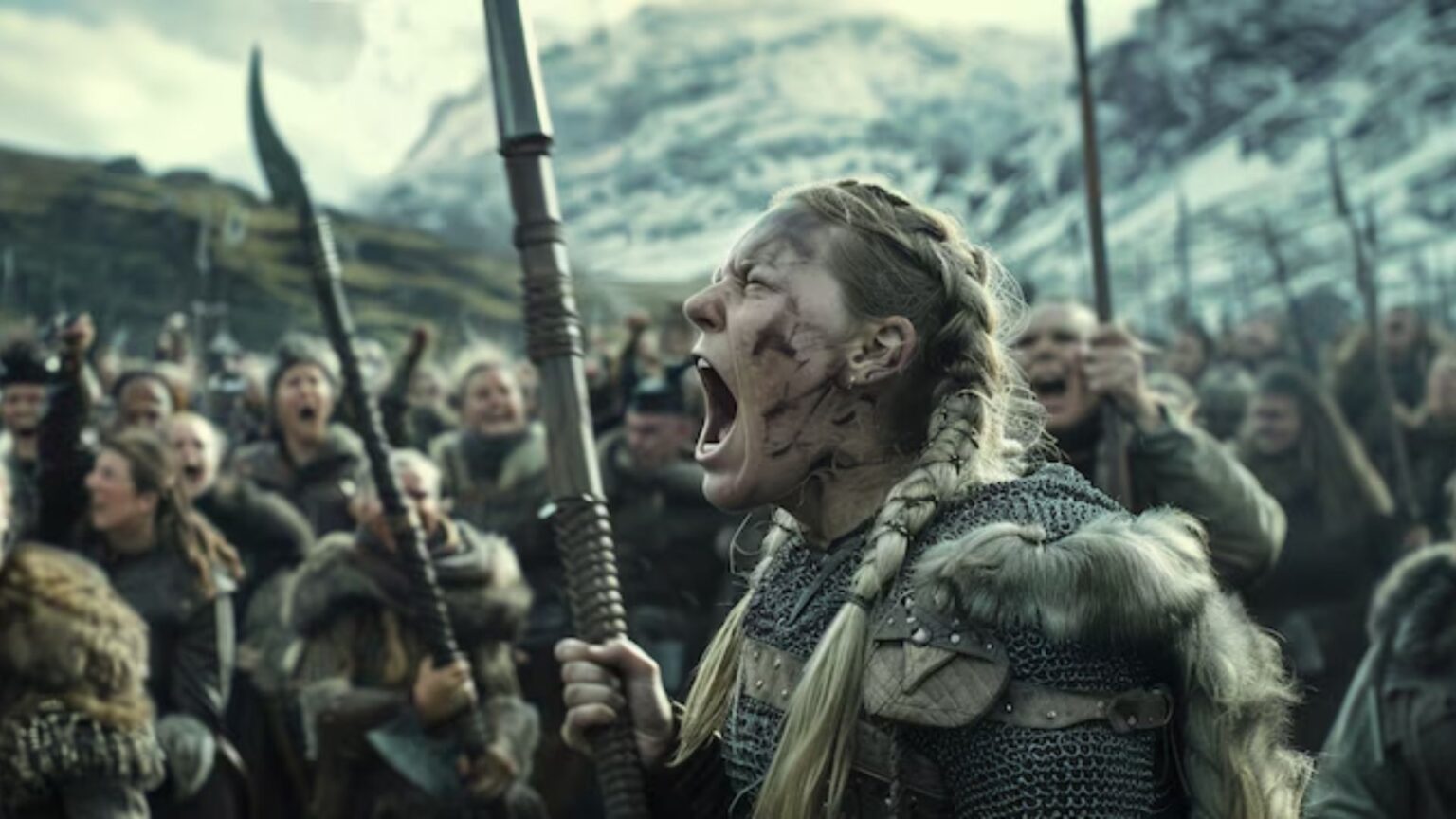When we think of Vikings, the image that often comes to mind is that of burly men using brute force to seize and conquer land. Originating from Scandinavia, Vikings were best known for sailing, trading, pillaging, and colonizing during what is known as the Viking Age. However, many of the popular notions about Vikings are actually misconceptions.
For example, despite what movies often portray, Vikings did not wear horned helmets. This intimidating image is a myth likely popularized by 19th-century painters who took artistic liberties. Historical evidence shows that actual Viking helmets were horn-free, making the iconic horned helmet more of a theatrical invention than reality.
Surprisingly, Vikings were actually quite clean. Contrary to the assumption that pirates and raiders would neglect hygiene, archaeologists have found tweezers, razors, combs, and ear cleaners at Viking sites. They bathed regularly—about once a week—in natural hot springs, which was more frequent than many other Europeans of their time.
Vikings held a deep respect for their boats, which is evident in their burial customs. High-status men and women were often buried in boats along with valuable goods and weapons, as they believed these ships would carry them to their afterlife. This practice underscored their seafaring culture and the importance of boats in their lives.
When not sailing or raiding, Vikings enjoyed skiing for fun and transportation. Scandinavians were among the first to develop skis and even worshipped a skiing god named Ullr. Skiing provided an efficient and silent way to navigate frozen landscapes.
Cultural beauty standards also played a role in Viking life. Many Vikings dyed their hair blond using lye to conform to ideals of attractiveness. This practice had the added benefit of repelling lice, showing the Vikings’ resourcefulness.
Though Vikings shared a common culture, they were not a unified group. They belonged to smaller tribes across Denmark, Norway, and Sweden and often fought among themselves as much as they did with outsiders. Raids between tribes were common before they ventured into foreign lands.
Contrary to the image of constant warfare, many Vikings were farmers. Most spent their days cultivating barley, rye, and oats and raising livestock such as cattle, goats, pigs, and sheep. Farming was physically demanding, contributing to the strength Vikings were known for.
Another surprising fact is that Vikings reached North America long before Columbus. Leif Erikson, a Viking explorer, arrived on American shores roughly 500 years earlier, attempting to establish a colony that ultimately failed due to native resistance.
Viking culture was rich with Norse mythology, featuring gods like Thor and Loki, who remain popular today thanks to modern media like Marvel films. Viking warriors called “berserkers” fought in a trance-like fury, possibly aided by hallucinogens, making them feared combatants. The word “berserk” itself derives from these fierce fighters.
Finally, Viking women enjoyed greater freedom than most women in Europe at the time. They could carry weapons, manage household finances, divorce their husbands, and even sail with the men. Their role was vital, and their strength and bravery were as notable as those of Viking men.
This complex and fascinating view of Viking life challenges many common stereotypes and reveals a culture far more nuanced than the typical image of wild, helmeted warriors.




